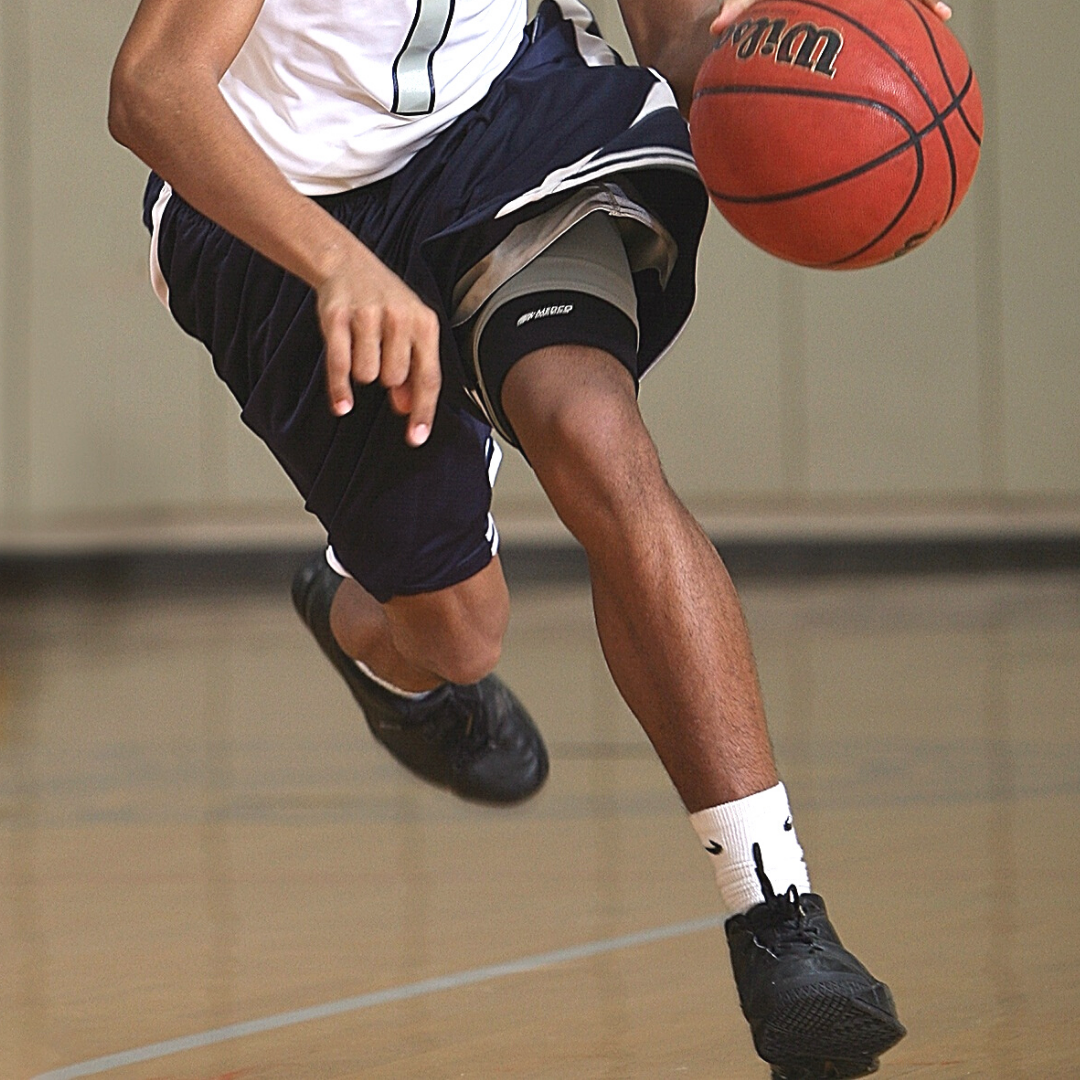New York Yankees catcher Gary Sanchez has been placed on the 10-day disabled list with a right groin strain/hip adductor injury after undergoing an MRI on Monday, having hurt his groin during the 10th inning of Sunday’s 7-6 loss against the Tampa Bay Rays at Tropicana Field. The injury occurred while he was trying to beat out a 6-4-3 double play.
Injuries involving the hip and groin are relatively common in baseball players. In fact, approximately 5.5% of all baseball injuries per year involve the hip or groin, and they may lead to a significant amount of time spent on the disabled list. Stated another way, hip adductor strains are the seventh-most-common injury in Major League Baseball.
A groin strain may involve any of the six muscles in the hip adductors, which function to draw the thigh toward the midline of the body when the foot is not planted and to help stabilize the lower extremity and pelvis when the foot is planted. Strains range from Grade 1 (minimal damage) to Grade 3 (complete rupture).
Considering Sanchez is only on the 10-day disabled list, he probably has a Grade 1 or 2 strain. Certain factors that increase the vulnerability of the adductors to strains are weakness of the hip muscles and the strength of the forced eccentric contractions.
As was the case with Sanchez, these are usually non-contact injuries, but they occasionally occur as the result of contact with another player or the ground. Baserunning is the most common activity to cause these injuries, with pitching being the second-most likely cause.
Groin strains usually take a few weeks to heal, with an average number of days missed for these type of injuries of about 12.5. Treatment involves rest, ice, compression of the injured area, and physical therapy. The use of biologic injections, such as platelet-rich plasma (PRP), is gaining in popularity as a way to potentially speed up the recovery. That said, there are no well-designed research studies yet to support that belief.
Even if the biologic injection doesn’t speed up the recovery, there is some thought that it may allow the tendon or muscle to heal better, thus preventing recurrent injuries in the future. To prevent this type of injury from recurring, athletes should strengthen the groin muscles with resistance exercises and by working with a physical therapist.
Although Sanchez was an All-Star in 2017 when he hit .278 with 33 home runs and 93 RBIs, this season he has hit only .194, with 14 home runs and 41 RBIs. While we never want to see a player injured, hopefully, this time off will allow Sanchez to regain last season’s form.



